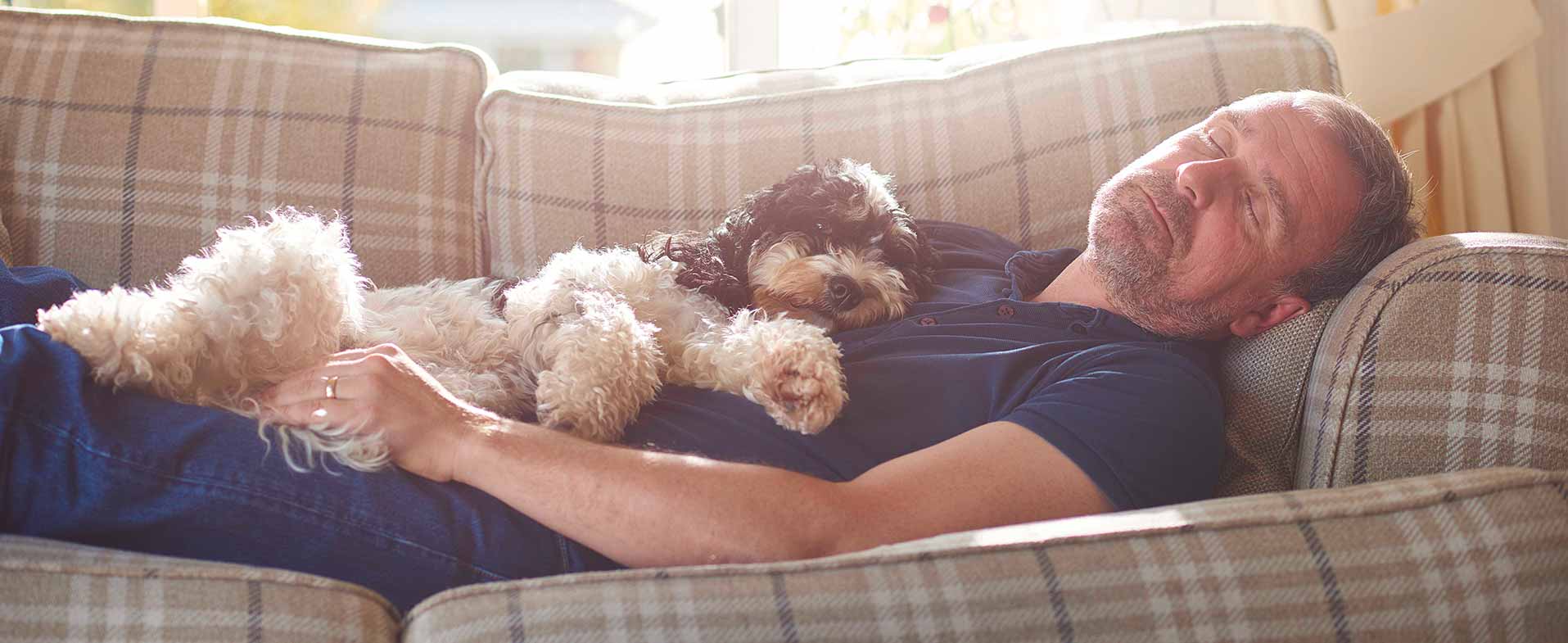Getting sufficient shut-eye is as important to health, well-being and even shedding unwanted pounds, as diet and exercise. In fact, adequate sleep directly affects your ability to eat well, move and de-stress.
But when you’re short on sleep, are you more likely to reach for a supersized latte to get moving, skip the gym and get take out for dinner because you’re too wiped out to cook?
If this cascade of events happens occasionally, no problem. Trouble is, nearly two-thirds of Americans report their sleep needs aren’t being met during a typical week. Add to that the stigma of a daytime nap (you’re lazy!), and it’s no wonder sleep deprivation is a growing epidemic in this country.
“Most people need seven to eight hours of sleep each night,” says Christopher Drake, Ph.D., a Henry Ford sleep medicine specialist. So if you’re consistently logging less than that, you not only compromise alertness but set the stage for hormonal and metabolic changes that can increase your risk for the nation’s top killers: high blood pressure, diabetes and heart disease.
The good news: making naps part of your daily routine can help compensate for a sleep deficit, says Drake. And it’s a relatively simple step — compared to eating well and exercising — in the quest for optimal health and well-being.
Whether you’re nodding off at work during an afternoon slump or sneaking in a weekend siesta, we’ve got you covered with five steps to successful snoozing:
- Take advantage of timing. Cultures that celebrate “siesta” are on to something. Prime naptime is around 2 p.m. when there’s a dip in our bodies’ natural Circadian rhythm (your body’s internal clock).
- Set the stage. Unfortunately, most companies don’t have nap rooms and that makes daytime snoozing difficult for those of us with typical 9-5 jobs, particularly amidst the incessant glow of computers, fluorescent lighting and cellphones. The antidote? If your job situation allows it, create a soothing environment that’s dark, cool and quiet. Silence devices, shut the blinds, turn off the lights and hang a sign on your office door that says, “Nap Time.” If you’re thinking that won’t fly in your office, try “Meeting in Progress” or “Do Not Disturb.” Then, break out the preparatory props: earplugs, an eye mask and a comfortable pillow.
- Drink a cup of joe. It may seem counterintuitive, but a small jolt of caffeine before you sleep acts as a preemptive strike against post-snooze grogginess. Dubbed “sleep inertia,” this post-deep-sleep state can make limbs feel like concrete, eyes struggle to focus and minds function at a snail’s pace. Sip immediately before you snooze to prevent caffeine from interfering with sleep. “The caffeine acts like a built-in alarm clock,” says Drake. The only difference is, you won’t want to hit “snooze.”
- Avoid napping close to bedtime. Taking naps late in the day can impact your ability to sleep at night. Drake’s rule of thumb: Don’t nap within six hours of when you typically turn in.
- Release the guilt. Taking a power nap does not make you lazy. It’s an effective strategy to boost alertness and productivity. And we haven’t even touched on its effects on your psyche!
Related Topic:
Could Sleeping In Be Good for You
Still falling asleep at your desk despite a good seven- to eight-hour snooze? See a sleep specialist. Sleep disorders, such as sleep apnea and narcolepsy, can reduce the restorative quality of sleep. Getting an appropriate diagnosis can dramatically improve your quality of life.
To find a doctor or behavioral sleep therapist at Henry Ford, visit henryford.com or call 1-800-HENRYFORD (436-7936).
Dr. Christopher Drake is board-certified in sleep medicine and behavioral sleep medicine at Henry Ford Hospital and Henry Ford Medical Center – Columbus.



